If you’re a nature enthusiast, you very likely empathise with that disheartening feeling you get when navigating the familiar concrete jungle of city streets. It is slowly but surely becoming more apparent that urban environments such as neighbourhoods, cities, and towns often lack the diverse and peaceful presence of nature.
Being someone who finds tranquillity and genuine happiness in the embrace of natural surroundings, I’ve become observant of how the absence of nature affects not only myself but most of the population on a subconscious and even conscious level. Nature has a profound impact on the delicate balance of our ecosystems, and this growing disconnect between humanity and the natural world carries inherent risks.
This is where urban greening comes in. It’s a powerful solution to the pervasive void of nature in urban areas resulting from poor past planning that disregarded the importance of the surrounding natural environment. Picture city streets, high-rise buildings, surrounding towns, and spreading metropolises transformed into authentic havens of nature that are flawlessly integrated into every conceivable facet of design. Imagine how profound the beauty of these types of natural environments would be if they were to encompass our world. This would all be possible if we were to assimilate nature back into our daily lives.
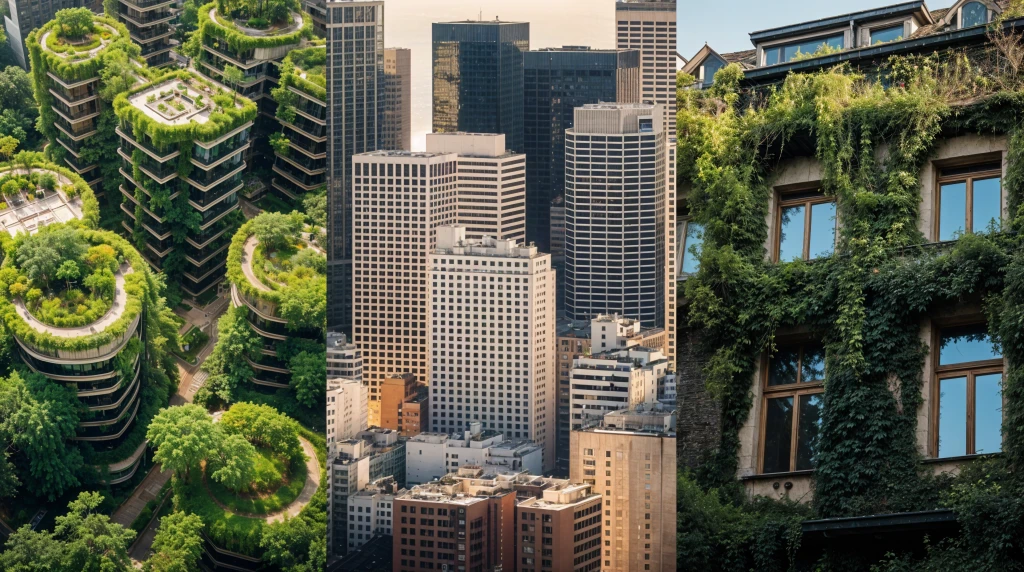
We are living in an era that has become synonymous with climate anxiety as we face the consequences of climate change, and as a result, the concept of urban greening has gradually become more widespread. But what exactly does urban greening entail?
When we imagine urban environments, we often think of cities filled with smog, dense populations, and traffic; residential neighbourhoods adorned with synthetic-looking green lawns that have become “all-the-rage” and charming white picket fences; as well as bustling town centres populated with malls, cafés, and restaurants that act as meet-up spots for much-needed socialisation.
Essentially, the term “greening” invokes a sense of re-introducing nature into spaces that lack it. So, when we combine the words “urban” and “greening,” it signifies the intentional reintroduction of nature into the heart and surrounding areas of urban living spaces.
From a scientific perspective, urban greening embraces a wide selection of elements seamlessly integrated into public spaces. These elements could include greenscaped pedestrian walkways and bicycle trails (such as tree-lined streets or various selections of plants lining the front of buildings), greened street canopies such as balconies lined with planter boxes or living green walls lined with a selection of plants that scale buildings, landscape being restored keeping in mind how to include nature as renovations take place, which could even improve the integrity, green roofing, community gardens, and stormwater management features to prevent flash floods. As a result, urban greening represents a comprehensive strategy for harmonising urban life with the natural world and fostering sustainability and ecological resilience.
One cannot overstate the importance of urban greening in contemporary urban design. Incorporating innovative natural elements into the blueprint of new urban infrastructure design not only serves as a multifaceted solution, but it also promotes a necessary redesign of older urban landscapes.
We are living in a century that is overshadowed by the relentless progression of climate change. Cities are bearing the brunt of rising temperatures because they have become urban heat islands, resulting in frequent and severe heatwaves that are worsening year by year.
Urban greening strategies are a crucial countermeasure, serving as an innovative solution to these scorching conditions that necessitate the excessive use of air conditioners to withstand the onslaught of heatwaves, further stressing our volatile climate conditions. By incorporating green spaces, various drought-resistant vegetation, and canopy cover in the form of healthy towering trees, this could act as one of many solutions to help combat those days where temperatures exceed 40˚C and above in urban areas. Not only are we combating the urban heat island effect, but these types of urban green strategies can also promote a cooling effect that makes city life more bearable and sustainable for all who live and work there.
Furthermore, urban greening goes beyond temperature regulation. It improves air quality by absorbing pollutants and helping to clear the air. It also reduces the carbon footprint through carbon sequestration and promotes the conservation of biodiverse natural environments by providing habitats for a variety of animal species.
Green infrastructure helps manage stormwater runoff, which can result in flash floods, and promotes healthier, more active lifestyles among those who live within the walls of the concrete labyrinth. As we face the challenges of climate change and growing urbanization, embracing urban greening practices becomes imperative for creating liveable, resilient, and ecologically harmonious urban environments.
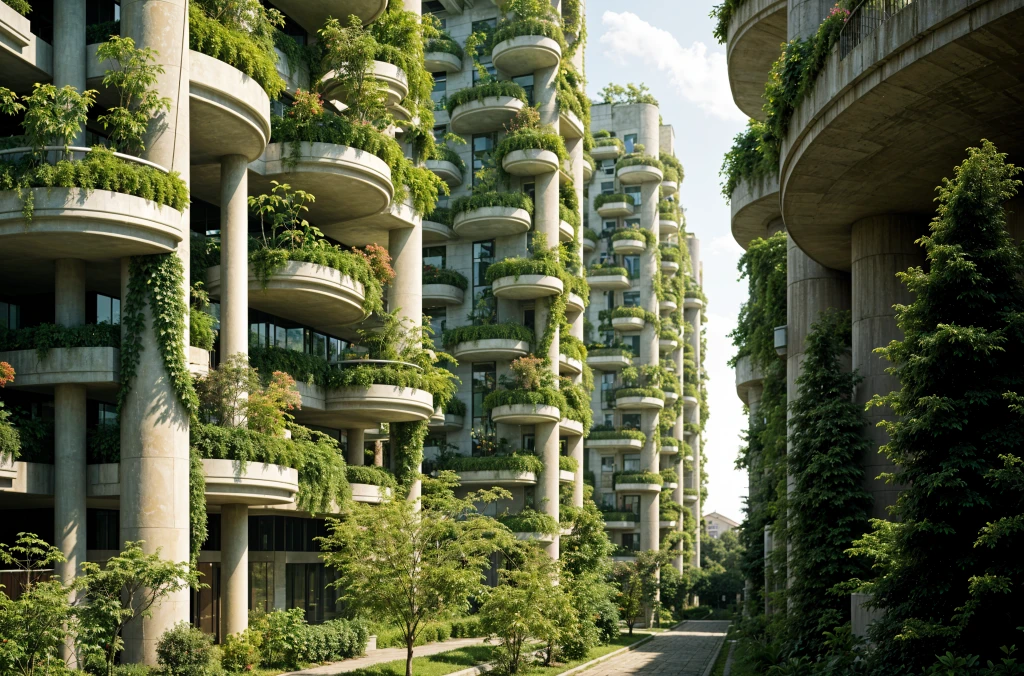
The advantages of incorporating nature into urban design far outweigh any potential disadvantages. This type of natural design isn’t just crucial in today’s sustainability-conscious community of like-minded individuals; it’s profoundly favourable for the harmonious coexistence of all living beings.
Urban greening offers an opportune range of advantages, both for the natural environment and the well-being of those who co-exist in urban areas. One of its core benefits is how it can combat air and noise pollution, creating a cleaner and more tranquil urban environment where you mainly breathe in the smog from air pollution or listen to the honking of car horns.
Various studies have linked the presence of green spaces to a reduction in stress, an improvement in cognitive performance, and a decrease in the number of people who suffer from depression. Urban areas with more green spaces tend to have lower crime rates, and for those stuck in traffic, the presence of trees lining the streets can provide a sense of calm that is often lacking on busy roads.
Essentially, incorporating lush green spaces in urban areas provides necessary shade during sweltering heat waves that occur more frequently and become more out-of-season. It also helps to cool down the surrounding urban landscapes and is appealing due to its aesthetic features, which are undeniable when you have experienced the sheer awe and beauty of unpolluted natural environments. Lastly, it also fosters a sense of community by facilitating projects like community gardens and promoting local, healthy, and affordable food sources such as fruit and vegetables, which can be difficult to come by in food deserts.
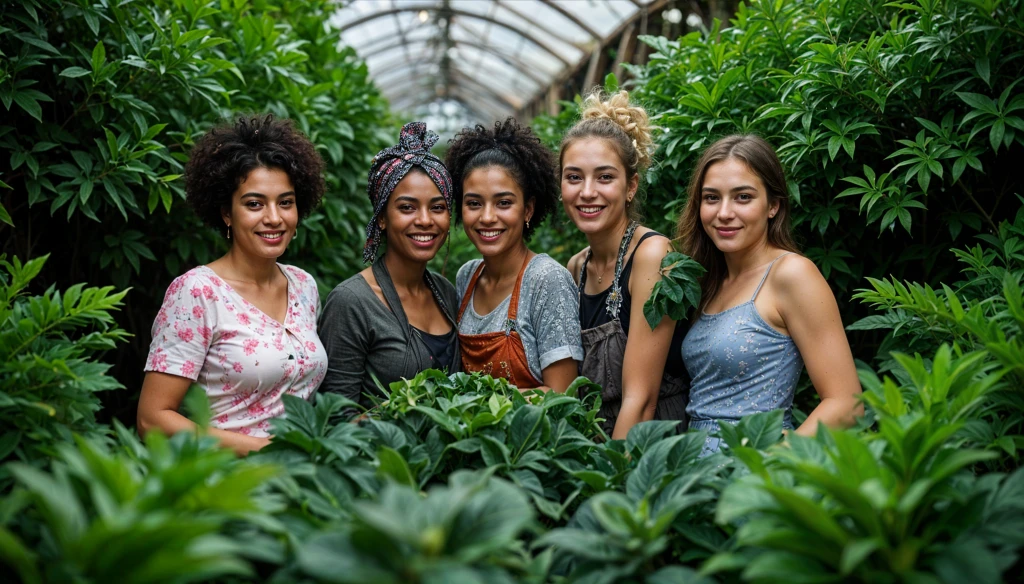
The mindful concept of forest bathing, originating from Japan, emphasises the importance of immersing oneself in nature for improved mental and emotional well-being. It also has an impact on us physiologically, such as lowering our heart rate and relaxing tense muscles. Urban rewilding, which embraces initiatives like planting wild meadows, designing green rooftop gardens, engineering living green walls, and lining the streets with big trees, not only supports the preservation of complex natural ecosystems but also ensures the longevity of future generations of all living beings who live and commune in urban landscapes, which is essential for all life forms.
In addition to these health and environmental benefits, urban greening plays a practical role by stabilising the ground through the roots of trees and other plants alike that keep the soil from eroding through their root systems, helping to prevent sinkholes, which are becoming increasingly common in urban areas lacking green spaces. It also significantly contributes to improved air quality by sequestering carbon dioxide, which in turn provides clean, oxygen-rich air and effectively catches dust particles.
Furthermore, urban greening promotes communal unity by encouraging socialization and embracing a sense of community among local residents. Employee productivity has also increased in offices adorned with plant life.
Moreover, access to these green spaces encourages local residents to engage in physical fitness and outdoor activities, encouraging urban dwellers to lead healthier and more active lifestyles.
The integration of nature into urban spaces is not only aesthetically pleasing, but it is also critical for creating healthier, more sustainable, and more harmonious urban environments.
There is an undeniable urgency in addressing urban greening issues and all issues related to climate change and its impacts, but it is unnerving to see that the majority of governed cities have set their goals to tackle climate change on distant future targets, such as 2030 or even as far as 2050.
Often, the current level of action falls short of what climate change requires to avert future disasters. The insanity of utilizing taxpayer funds to plant small trees in certain regions, rather than investing in larger trees that won’t require decades to mature and positively impact our warming climate, exemplifies this. Although these saplings could potentially aid in addressing climate change in urban areas in the distant future, their influence won’t manifest for several decades, and we are currently grappling with the effects of climate change.
To nurture and promote contemporary meaningful change, it is imperative that urban areas shift their focus from long-term idealistic aspirations to immediate and effective actions. The time for waiting until the last minute to implement so-called “combative” climate change policies that look far into the future is over. We need consistent and proactive efforts to actively combat climate change today. This is the only way to bring about significant positive environmental transformation.
Singapore is a shining example of a city taking decisive and impactful action in terms of combating climate change. The Singaporean government has recognised the importance of green spaces in urban areas and has seamlessly integrated urban greening practices into city environments.
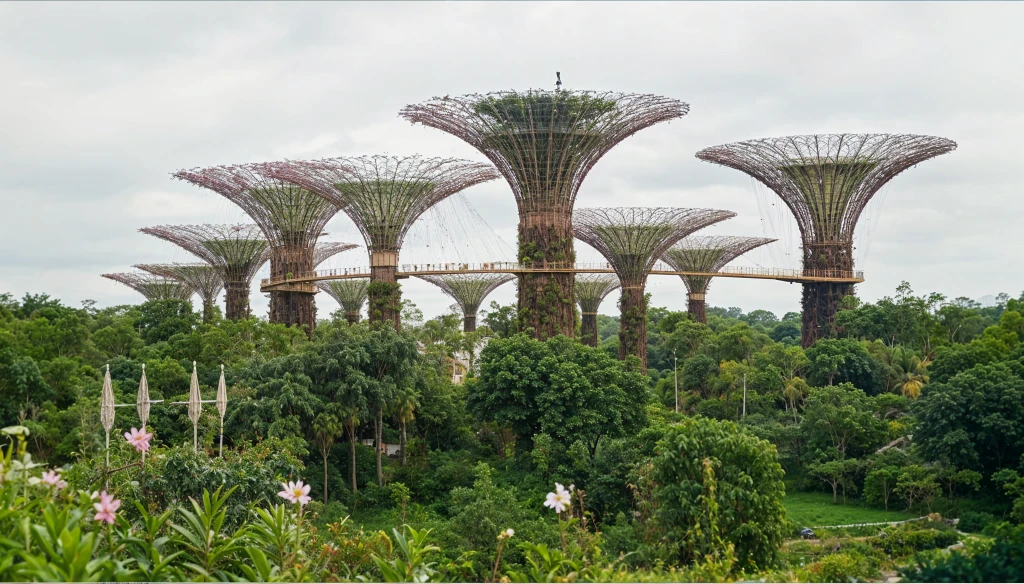
Singapore has already developed over 400 parks and four nature reserves, and plans to significantly expand their green footprint by 2026, with an additional 300 hectares dedicated to high-rise building greenery by 2030. Singapore has also committed to planting one million trees throughout its territory and increasing parkland spaces by 50% from 2020’s baseline goal, all by 2030.
This is the type of ambitious approach all countries on all seven continents need to strive for because it demonstrates how urban greening can actively gain momentum and result in significant positive effects. Unfortunately, not all urban areas share this level of ambition, with some facing challenges stemming from mismanagement or corruption on a municipal or governmental level that hinder their progress towards a more sustainable and nature-filled future.
With the proliferation of urban greening practices, we will gradually become less dependent on air conditioners to keep us cool during heat waves. A single big, healthy tree has the cooling capacity equivalent to ten air conditioning units.
Moreover, thriving plants play a pivotal role in mitigating harmful pollutants, such as tiny particulate matter, through a natural process known as dry deposition. This process entails capturing these particles within the waxy or cuticle layers of the leaves, effectively cleansing the air.
Imagine our cities and urban spaces transforming into lush, green paradises, with greenery encompassing every conceivable area. Imagine buildings enriched with vibrant living walls, rooftop gardens adorning the skyline, and tree-lined streets offering shade not only to pedestrians but also to the flow of vehicle traffic, particularly as we strive to maximize the benefits of efficient public transportation to reduce the vast number of vehicles on the road.
Think of the interior of these urban buildings, where indoor plants thrive in every nook and cranny of every room, decorating the walls in creative ways and creating a harmonious blend of nature and technology. This is what we refer to as embracing a Solarpunk mindset—a movement that holds the key to a future where technology and nature coexist in perfect harmony.
Bringing this vision to life demands collective and united efforts from individuals and communities at every level of society. It calls for proactive and inclusive policy-making, advocating for increased and fair municipal budgets dedicated to urban greening due to its pressing importance, and direct involvement from many environmentalist-minded people in the hands-on transformation our cities need to go through to evolve into vibrant green oases. Whether it’s planting trees, establishing living walls, creating rooftop gardens, getting involved in the planning process, assisting with relevant funding, or advocating for essential policies, every contribution matters significantly. Your concern for our deteriorating environment is important.
From a personal standpoint, the current urban landscape, often stripped of nature, leaves me with a sense of detachment and foreshadows a dystopian future where we are all disconnected from the Earth we were born from and will one day return to.
However, the concept of urban greening holds immense beauty, the potential for positive environmental change, and the power to act as a magical solution that positively impacts the lives of everyone. It’s a cause that resonates deeply with me, one that can genuinely transform the way we live and coexist with nature in our urban environments.
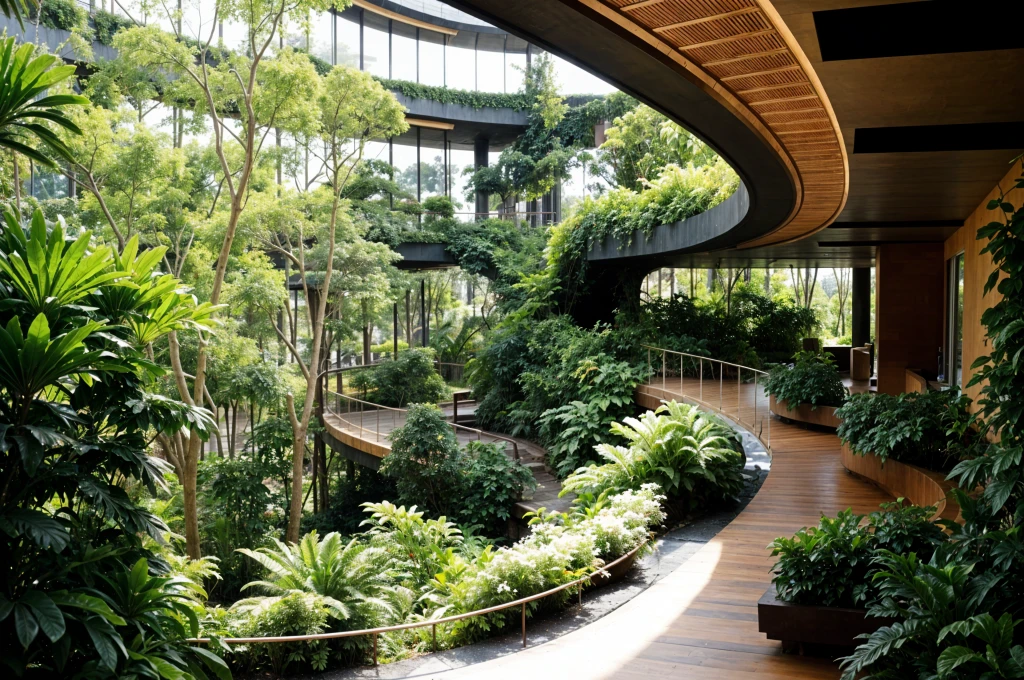
What we need as a society are effective and sustainable urban greening policies that warrant meticulous planning with clearly defined objectives and seamless integration into the broader urban and regional urban greening planning framework. This process entails utilizing long-term and adaptative perspectives from community members and their needs while recognizing green spaces as critical public investments that enhance physiological health, mental well-being, and overall quality of life.
This practice will not be the same for every community; the application will vary depending on the unique needs of the area employing urban greening practices. Urban communities must identify their most important needs and decide which are the most appropriate greening practices to address them. In arid climates, the focus might be more on reducing surface runoff, whereas more humid environments might be more concerned about the benefit of using urban greening to employ its cooling effects.
Additionally, considerations like substrate thickness play a pivotal role. Urban parks with greater soil moisture storage capacities and nutrient-rich soil provide a better environment for plants to thrive, inducing cooling effects and employing water retention benefits, which result in green spaces exhibiting greater resilience to extreme weather events driven by climate change. In contrast, thinner substrates, such as those found on green roofs and living walls, offer less performance in these categories than parks do, but they remain valuable. They just have different requirements to thrive and be successful, which could also mean that they need more maintenance, leading to job creation.
However, the introduction of urban greening should not lead to the displacement of socially vulnerable communities through divisions like gentrification or the imposition of entry fees to green spaces, which discriminate against those who are struggling financially.
The “green space paradox” underscores the potential displacement of lower-class residents due to the perception of new green spaces as exclusive. Everyone should have access to nature, irrespective of their financial status, underscoring the significance of inclusive greening policies and providing affordable housing for those who cannot afford high rents or property ownership, as the presence of green spaces can increase the property’s value.
Policymakers should actively engage with local residents to understand their specific needs, whether it’s creating green spaces for children to play in or establishing community food gardens to address food insecurity and prevent the disadvantaged from getting involved in crime by becoming involved in gardening which encourages mindfulness and a sense of peace. The development of green spaces necessitates collaborative efforts involving urban greening experts, scientists, engineers, and the local community to come up with innovative ways of introducing urban green spaces while simultaneously ensuring an interactive process without shortcuts, which can lead to poorly designed green spaces that do not meet the needs of the local community.
We must clarify the intended function of green spaces, whether it is to enhance climate resilience, boost tax revenues, attract tourists, primarily serve local communities, or simply to beautify the area and attract diverse fauna. While each intended purpose has its merits, prioritising green urban spaces for climate resilience and community service is paramount.
Serving one’s community is a noble endeavour, as local residents contribute significantly to the city’s vitality through their hard work and tax payments, but in the process they also build healthy and reliable networks within their communities.
However, the design of green spaces should align with the needs of the local communities, emphasising a transparent and democratic approach to decision-making to address green park inequities and fulfil urban greening goals thoughtfully and effectively.
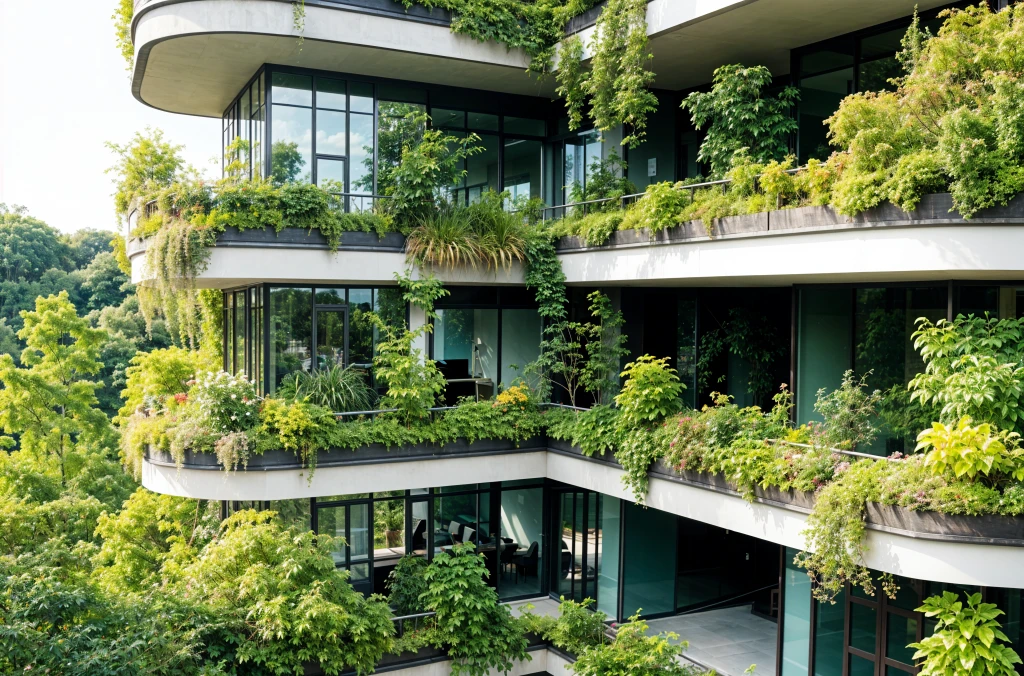
Visualise the overwhelming natural beauty that would grace our urban landscapes if we wholeheartedly embraced the essence of nature in every facet of our lives. It could be a world where humans and nature coexist in harmony, where respect for the environment becomes second nature to all.
We need to consider the profound transformation that would occur if everyone had unrestricted access to nature’s profound healing power. A world like that would be overflowing with love and compassion, not only among people, but also among the flourishing flora and fauna with which we share our planet.
This ideal, utopian, Solarpunk vision, where humanity not only thrives but triumphs over the daunting climate crisis that looms over us, is beautiful. While urban greening plays a monumental role, it’s just one piece of the environmental puzzle.
Together with other impactful actions that affect the environment in a positive manner, we can forge a path towards a more sustainable and harmonious future where the bonds between humans and nature are revitalised and our collective well-being soars to new heights.